“I felt like I was just stuck with these symptoms for the rest of my life.”
Living With Endometriosis: A 12-Year Journey
Grand Rounds
After more than a decade of living with chronic pain and heavy periods, a patient finally gets relief from her endometriosis with the right treatment plan.
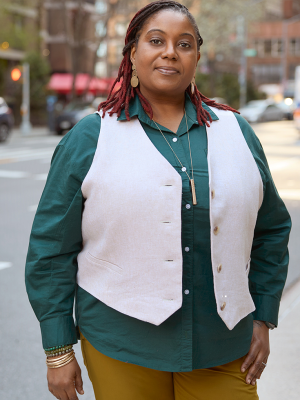
For 12 years, Crystal Richardson went from doctor to doctor to understand what was causing the debilitating period pain she’d been living with since her late 20s. “I had very sharp pains during my period. It felt like my whole pelvic region was being squeezed,” says Crystal, who is now 40 and lives in Brooklyn with her 19-year-old daughter and partner. “It was excruciating.”
Over the years, Crystal’s pain became chronic. It was not uncommon for her to visit the emergency room for cortisone shots and pain medicine to ease the clenching feeling and tightness during her periods. Her menstrual flow was so heavy that she was anemic, making her fatigued, dizzy, and light-headed.
An appointment with gynecologic surgeon Dr. Eung-Mi Lee changed everything.
“When I first saw Crystal, it was clear she was in a lot of pain,” says Dr. Lee. “What struck me was that it had a huge impact on her quality of life in a way that made it hard for her to work and carry out normal activities.”
A Delayed Diagnosis
After her visit with Dr. Lee in September 2023, Crystal learned that she had endometriosis, in which tissue similar to the lining of the uterus, called the endometrium, grows outside the uterus. Endometriosis also can cause difficulty getting pregnant, inflammation, and scarring, and affect nearby organs like the appendix, bladder, and bowel if it spreads.
Compounding her pain, Crystal also had adenomyosis, which Dr. Lee describes as “a cousin to endometriosis.” With endometriosis, the endometrial-like tissue finds its way to outside of the uterus, while with adenomyosis the tissue grows into the uterine muscle.
Adenomyosis can cause painful and heavy periods, pelvic pain, pain during sex, and a feeling of fullness or bloating. It can also cause the uterus to enlarge.
Over the years, Crystal consulted with numerous doctors. Some suspected endometriosis and performed ultrasounds. “I was told, ‘we didn’t find anything,’” Crystal says. “I was even getting, ‘maybe it could be in your mind.’”
Delayed diagnosis is not uncommon, says Dr. Lee. Research shows that endometriosis is characterized by delays of up to 11 years from the onset of symptoms to a diagnosis.
Dr. Lee explains that while ultrasounds are helpful and rule out other conditions, “It can’t tell us whether or not people have endometriosis,” she says. “Unfortunately, there are no great screening tools, and confirmation of the disease is made by surgery.
“A lot of this pain gets normalized,” she adds. “Unfortunately, this leads many to deal with the pain in silence.”
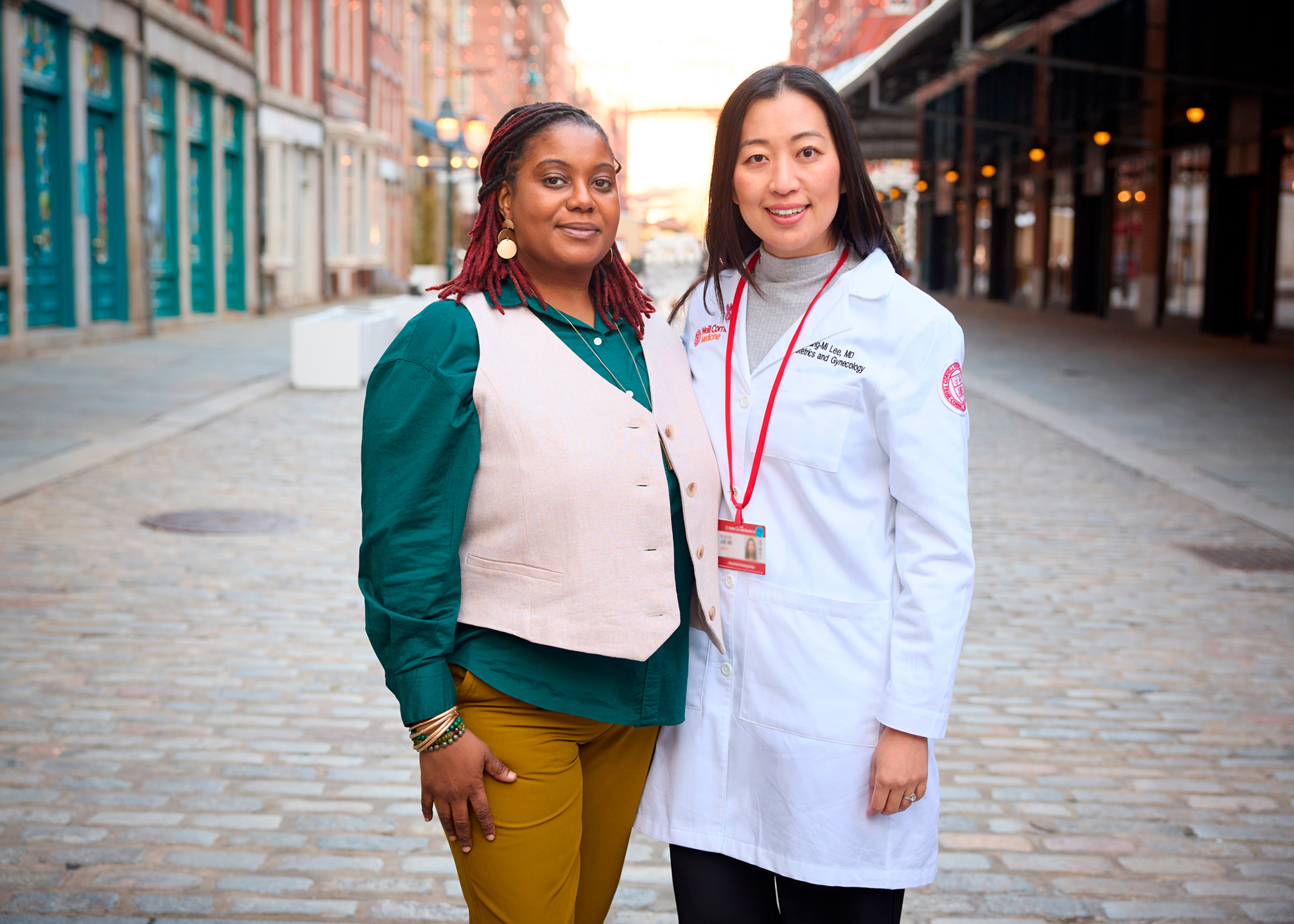
Crystal Richardson, left, credits Dr. Eung-Mi Lee, right, for a life-changing diagnosis of endometriosis.
“A lot of this pain gets normalized. Unfortunately, this leads many to deal with the pain in silence.”
The Road to Treatment
Dr. Lee took Crystal’s medical history and performed a pelvic exam and ultrasound as the first steps toward a diagnosis. Crystal also had a magnetic resonance imaging, which showed adenomyosis and enabled Dr. Lee to see if Crystal’s nearby organs were affected by her condition.
Treatment ultimately is case-specific. For mild endometriosis and adenomyosis, non-steroidal anti-inflammatory drugs like ibuprofen can help manage pain, and hormonal therapy can help control bleeding and reduce pain. Over the years, Crystal was put on birth control pills and pain relievers but never found relief.
For those who do not find relief with medical therapy, laparoscopic surgery is a good next step, says Dr. Lee.
Because Crystal wanted to be finished with her periods and her adenomyosis was significant, she chose a hysterectomy. Crystal was not interested in having more children, so this worked for her. Dr. Lee notes, however, that a hysterectomy for endometriosis or adenomyosis is typically reserved for cases in which other treatments have failed, and there are fertility-sparing options for those who wish to become pregnant.
In November 2023, Dr. Lee performed Crystal’s hysterectomy — removing her uterus, cervix, and fallopian tubes.
During the surgery, she saw that Crystal’s endometriosis lined the surfaces inside her pelvis, and that her adenomyosis was so advanced that “she had a very enlarged and rounded uterus the shape of a grapefruit — which is not typical in a normal uterus. She also had a lot of scarring, likely from the combination of endometriosis, adenomyosis, and her previous cesarean section.
“I could see as soon as we went in for surgery,” says Dr. Lee, “why this would have the impact that it would.”
Living Life Without Pain
Today, Crystal no longer wakes up with anxiety about her pain, which is almost completely gone. She feels good enough to take daily walks, hit the gym, and run errands. She works as a school lunch helper and is excited to get back into hobbies like cycling.
“Don’t wait until the pain is debilitating. I want people to know that there is help out there. Dr. Lee gave me my life back.”
“I remember seeing her after surgery, and what a huge difference it seemed to make for her and her level of pain,” says Dr. Lee. “She looks very happy, very hopeful, and she just has so much energy.”
Dr. Lee stresses that if anyone is experiencing very heavy periods, bad menstrual cramps, or painful intercourse, they should see an endometriosis specialist.
Crystal tells her friends with painful periods to make sure they get the treatment they need. “Don’t wait until the pain is debilitating,” she says. “I want people to know that there is help out there. Dr. Lee gave me my life back.”
A previous version of this piece previously ran on NewYork-Presbyterian’s Health Matters.
Summer 2024 Front to Back
-
Features
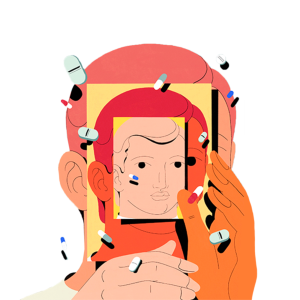
Science Over Stigma
By probing the physical cause of obesity, researchers have repudiated harmful misconceptions, leading to new, highly effective medications. -
Features

The Sounds of Science
How insights from ornithology, coupled with advances in AI, could enable doctors to screen for disease using the human voice. -
Features
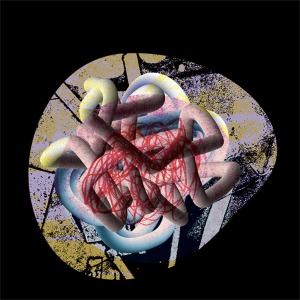
Bones’ Secret Cells
Research led by Dr. Matthew Greenblatt and his lab is revealing connections between bone stem cells and a surprising array of conditions — including cancer. -
Notable

Expansion in Midtown
A 216,000 square-foot expansion of clinical and research programs at 575 Lexington Ave. will provide state-of-the-art clinical care at the Midtown Manhattan location. -
Notable

A Dramatic Growth in Research
In the decade since the Belfer Research Building’s opening, Weill Cornell Medicine’s sponsored research funding has more than doubled. -
Notable

Dateline
Heart disease presents differently in resource-poor countries like Haiti. Dr. Molly McNairy and colleagues are working to identify underlying causes and prevention. -
Notable

Overheard
Weill Cornell Medicine faculty members are leading the conversation about important health issues across the country and around the world. -
Notable

News Briefs
Notable faculty appointments, honors, awards and more — from around campus and beyond. -
Grand Rounds
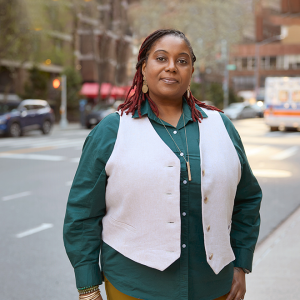
Living With Endometriosis: A 12-Year Journey
How the right treatment reduced the pain of endometriosis -
Grand Rounds

Taking Action Against Lung Cancer
Monitoring by Weill Cornell Medicine’s Incidental Lung Nodule Surveillance Program can lead to early cancer detection. -
Grand Rounds
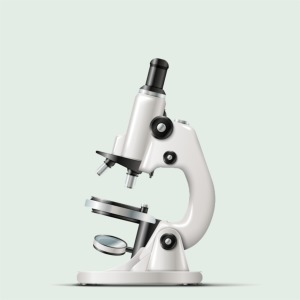
News Briefs
The latest on teaching, learning and patient-centered care. -
Discovery

Gut Check
New evidence shows that a bacterium found in the gut of livestock could be a trigger of multiple sclerosis in humans. -
Discovery
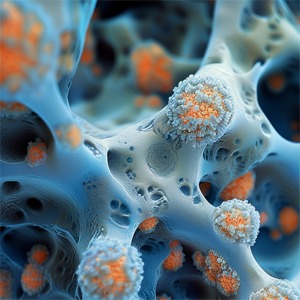
Researchers Chart the Contents of Human Bone Marrow
A new method for mapping the location and spatial features of blood-forming cells within human bone marrow provide a powerful new means to study diseases that affect it. -
Discovery
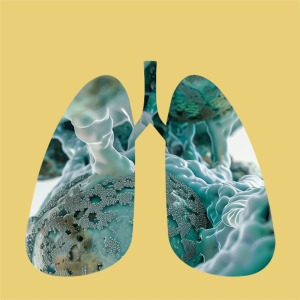
Findings
The latest advances in faculty research, published in the world’s leading journals. -
Alumni
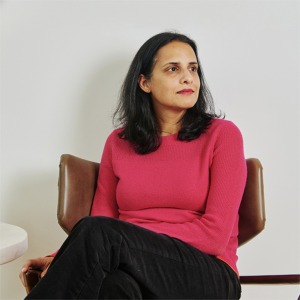
Profiles
Forging critical connections to move research from the bench to the bedside, our alumni are making an impact. -
Alumni

Notes
What’s new with you? Keep your classmates up to date on all your latest achievements with an Alumni Note. -
Alumni

In Memoriam
Marking the passing of our faculty and alumni. -
Alumni
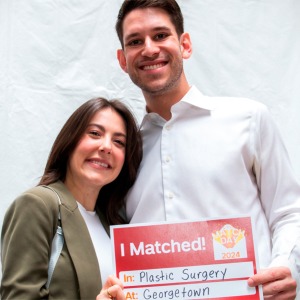
Moments
Marking celebratory events in the lives of our students, including the White Coat Ceremony and receptions for new students. -
Second Opinion

Equal Risk
Does race have a role in calculations of health risks? -
Exchange

Health Equity
Two faculty members discuss the importance of community-engaged research in their work to help combat cancer disparities fueled by persistent poverty. -
Muse

Finding Strength in Art
Surin Lee is a Weill Cornell Medicine-Qatar medical student, Class of 2026, and a visual artist. -
Spotlight
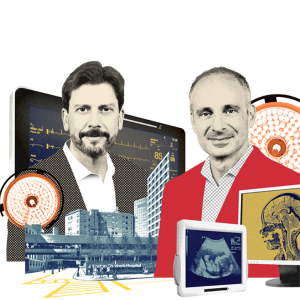
Partners in Solving Surgical Challenges
Dr. Darren Orbach (M.D. ’98, Ph.D.) and Dr. Peter Weinstock (M.D. ’98, Ph.D.) are pioneering the use of practice simulations to ensure successful complex surgeries.